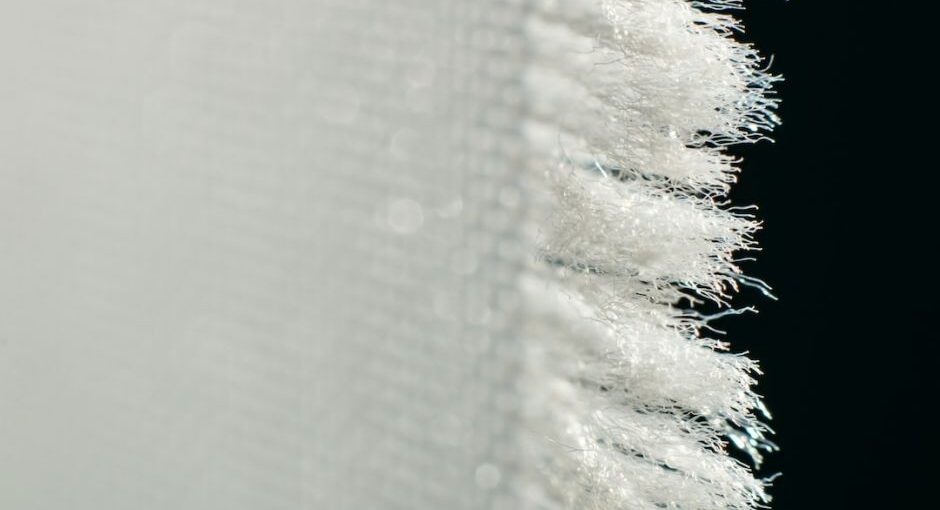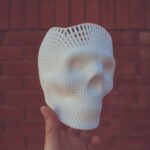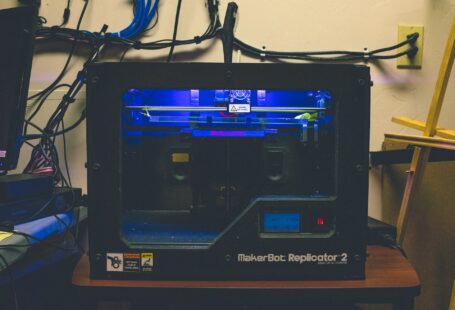The advent of 3D printing has revolutionized the way people are able to develop prototypes and manufacture products. It has enabled the production of complex geometries and parts that were previously impossible to manufacture. Despite its advantages, 3D printing is still limited in the types of materials that can be used, the accuracy of parts produced, and the surface finish of the parts. All of these factors are affected by the properties of the materials used in 3D printing.
Material Selection
The selection of materials for 3D printing is a critical factor in determining the quality of the parts produced. The 3D printing process relies on the material properties of the material used, such as its thermal conductivity, strength, and flexibility. The type of material used will also affect the accuracy of the parts produced, as well as the surface finish. Different materials have different properties that can affect the accuracy of the parts produced and the surface finish.
Material Properties
The properties of the materials used in 3D printing will affect the accuracy of the parts produced and the surface finish. The material properties such as its thermal conductivity, strength, and flexibility can have an impact on the 3D printing process. The thermal conductivity of the material affects the temperature of the build chamber and the speed of the printing process, while the strength of the material affects the accuracy of the parts produced. The flexibility of the material affects the ability to produce complex geometries and the surface finish of the parts produced. The selection of materials for 3D printing should be done with the properties of the material in mind.
Surface Finish
The surface finish of 3D printed parts is also affected by the properties of the material used. The surface finish of the parts produced is determined by the material’s ability to absorb and reflect light, as well as its thermal conductivity and strength. The thermal conductivity of the material affects the temperature of the build chamber and the speed of the printing process, which can have an impact on the surface finish of the parts produced. The strength of the material affects the accuracy of the parts produced, which can have an impact on the surface finish. The flexibility of the material can also affect the surface finish, as it affects the ability to produce complex geometries.
Conclusion
The quality of 3D printed parts is greatly affected by the properties of the materials used in the printing process. The thermal conductivity and strength of the material affect the accuracy of the parts produced and the surface finish of the parts. The flexibility of the material affects the ability to produce complex geometries and the surface finish of the parts produced. The selection of materials for 3D printing should be done with the properties of the material in mind in order to produce the highest quality parts.





